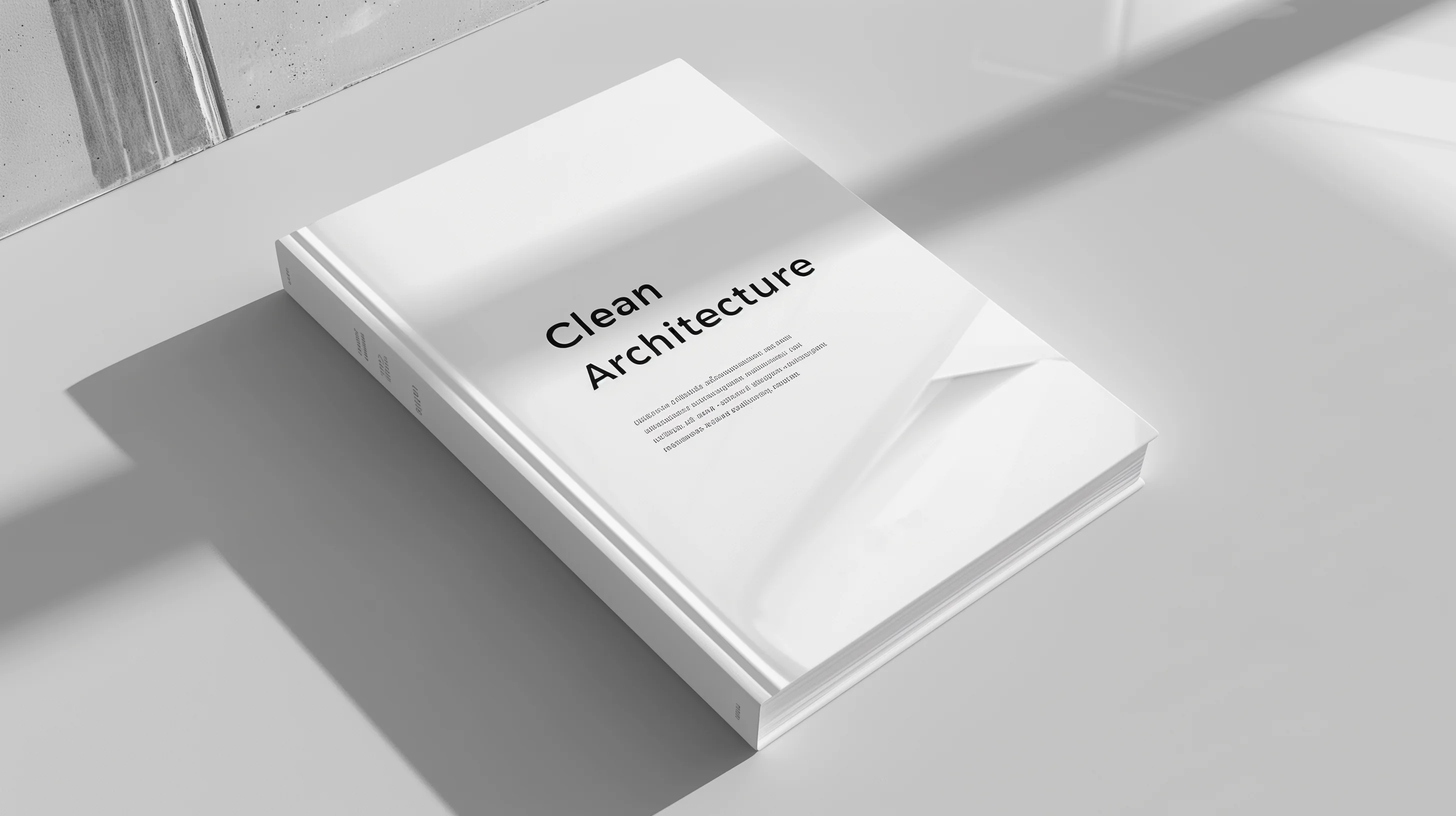Clean Architecture and Domain-Driven Design in Rust
In the world of software development, the principles of Clean Architecture and Domain-Driven Design (DDD) are essential for creating robust, maintainable, and scalable applications. When combined with a powerful systems programming language like Rust, these principles can lead to highly efficient and well-structured software solutions. This article explores how Clean Architecture and DDD can be effectively applied in Rust projects.
Clean Architecture in Rust
Clean Architecture, proposed by Robert C. Martin (Uncle Bob), emphasizes the separation of concerns within software systems. It organizes code into layers, each with distinct responsibilities, which helps in achieving a clear and maintainable structure. The core idea is to keep the business logic and application rules at the center, isolated from external concerns such as databases and user interfaces.
Key Principles:
- Independence of Frameworks: The system should be agnostic to the frameworks and tools used, allowing easy replacement without significant changes to the core logic.
- Testability: Business rules can be tested independently of external components.
- Independence of UI: The user interface should be easily changeable without modifying the underlying business rules.
- Independence of Database: The business logic should be independent of the database or other data storage concerns.
Implementing Clean Architecture in Rust:
In Rust, implementing Clean Architecture involves organizing your code into modules that represent different layers. Typically, you would have:
- Entities: Core business objects and logic.
- Use Cases (or Interactors): Application-specific business rules.
- Interfaces (or Adapters): Interfaces for external components like databases and web frameworks.
- Infrastructure: Actual implementations of interfaces, including database connections and API handlers.
Here’s a simple example of module organization in Rust:
Domain-Driven Design in Rust
Domain-Driven Design (DDD), introduced by Eric Evans, focuses on modeling software to match a domain's complexities and nuances closely. DDD emphasizes the importance of the domain model and encourages collaboration between technical and domain experts to create a shared understanding.
Key Concepts:
- Entities: Objects with a distinct identity that runs through time and different states.
- Value Objects: Objects that describe some characteristic or attribute but have no identity.
- Aggregates: A cluster of domain objects that can be treated as a single unit.
- Repositories: Mechanisms for retrieving domain objects.
- Services: Operations or actions that don't naturally fit within the realm of an entity or value object.
Conclusion
Combining Clean Architecture and Domain-Driven Design in Rust allows developers to create highly modular, maintainable, and scalable software systems. Rust’s features, such as its strong type system, memory safety guarantees, and module system, complement these architectural principles, making it an excellent choice for building complex and reliable applications. By adhering to these practices, developers can ensure their Rust projects are well-organized, resilient, and adaptable to changing requirements.
